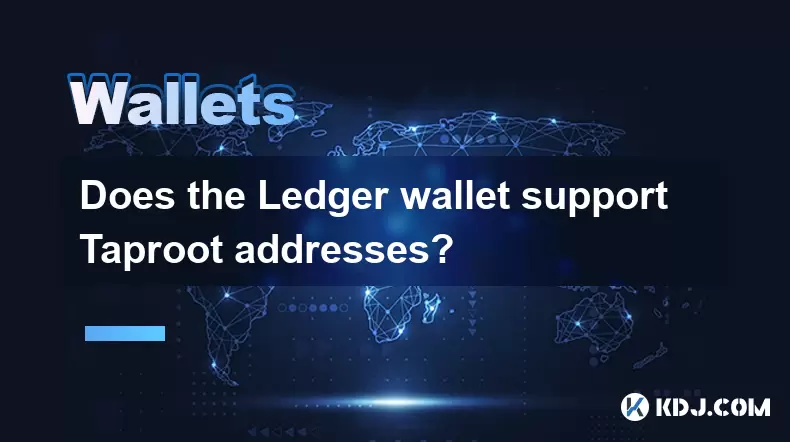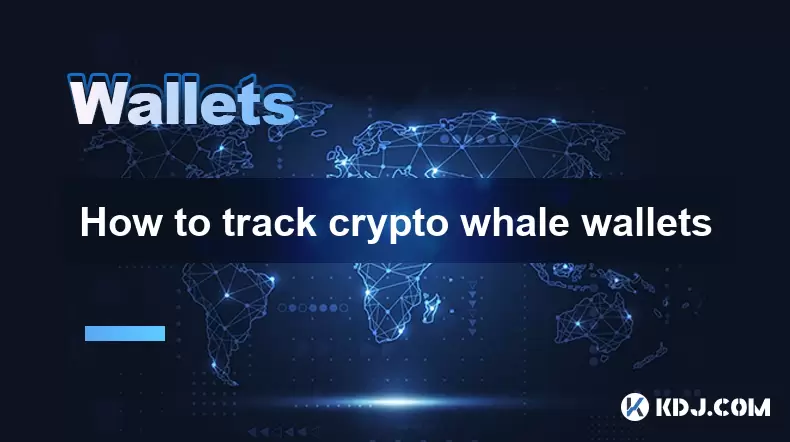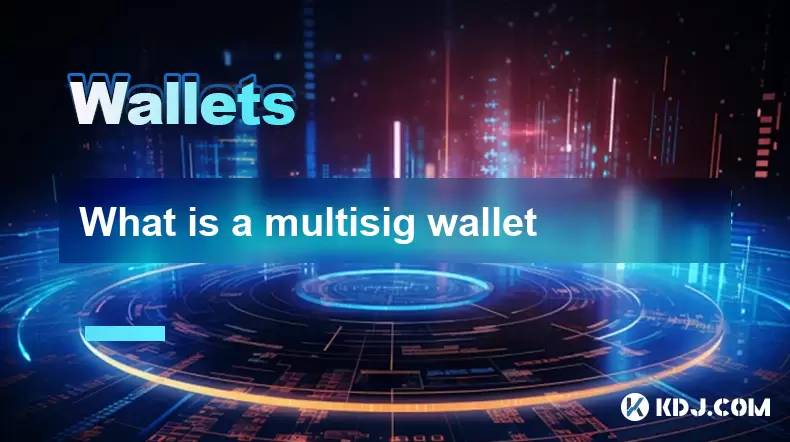-
 Bitcoin
Bitcoin $118,956.0096
2.00% -
 Ethereum
Ethereum $3,370.4056
10.14% -
 XRP
XRP $3.0439
5.31% -
 Tether USDt
Tether USDt $1.0004
0.03% -
 BNB
BNB $706.9723
3.05% -
 Solana
Solana $173.3304
7.34% -
 USDC
USDC $0.9998
-0.02% -
 Dogecoin
Dogecoin $0.2081
7.41% -
 TRON
TRON $0.3051
1.55% -
 Cardano
Cardano $0.7626
4.39% -
 Hyperliquid
Hyperliquid $48.1712
0.98% -
 Stellar
Stellar $0.4655
3.92% -
 Sui
Sui $4.0038
0.54% -
 Chainlink
Chainlink $16.8686
6.98% -
 Hedera
Hedera $0.2391
4.54% -
 Bitcoin Cash
Bitcoin Cash $500.3337
2.12% -
 Avalanche
Avalanche $22.5609
5.40% -
 Shiba Inu
Shiba Inu $0.0...01435
6.59% -
 UNUS SED LEO
UNUS SED LEO $8.7840
-1.37% -
 Toncoin
Toncoin $3.1645
4.51% -
 Litecoin
Litecoin $98.5570
3.32% -
 Polkadot
Polkadot $4.1629
4.28% -
 Monero
Monero $326.6142
-3.13% -
 Pepe
Pepe $0.0...01372
10.51% -
 Uniswap
Uniswap $9.1665
1.36% -
 Bitget Token
Bitget Token $4.7533
5.58% -
 Dai
Dai $1.0001
0.00% -
 Ethena USDe
Ethena USDe $1.0010
0.06% -
 Aave
Aave $329.9034
2.69% -
 Bittensor
Bittensor $440.0591
1.64%
Does the Ledger wallet support Taproot addresses?
Ledger supports Taproot addresses via updated firmware and Bitcoin app 2.1.8+, enabling users to create bc1p addresses for enhanced privacy and efficiency.
Jul 10, 2025 at 01:49 pm

Understanding Taproot Addresses and Their Importance
Taproot is a significant upgrade to the Bitcoin protocol, introduced to enhance privacy, efficiency, and flexibility in transaction scripting. It allows for more complex smart contracts while making all transactions appear identical on the blockchain, thus improving anonymity. This upgrade has become increasingly important as more wallets and services adopt it to align with modern Bitcoin standards.
In terms of technical implementation, Taproot uses Schnorr signatures instead of ECDSA, which allows multiple parties to combine their signatures into one, reducing data size and cost. For users, this means lower fees and faster confirmations without compromising security.
Ledger Wallet Overview and Supported Features
Ledger is a well-known brand in the cryptocurrency hardware wallet space, offering secure offline storage solutions for various cryptocurrencies including Bitcoin, Ethereum, and many altcoins. Its firmware regularly receives updates to support new protocols and address types.
The company provides two primary models: the Ledger Nano S and the Ledger Nano X, both of which are capable of handling a wide range of cryptographic functions. Support for SegWit (Segregated Witness) was implemented years ago, but the question remains whether these devices have adopted Taproot since its activation in late 2021.
Checking Ledger’s Official Documentation for Taproot Support
To determine if Ledger supports Taproot addresses, we need to consult official sources such as the Ledger website, GitHub repositories, and changelogs from firmware updates. As of the latest available documentation, Ledger has confirmed integration of Taproot support starting from specific firmware versions.
- Bitcoin app version 2.1.8 and later includes Taproot functionality
- Users must update both the device firmware and the corresponding Bitcoin application via Ledger Live
- Ensure that the connected computer or mobile device is running the most recent version of Ledger Live
It's essential to follow these steps carefully to ensure compatibility and avoid potential errors when sending or receiving funds using Taproot addresses.
Steps to Enable and Use Taproot Addresses on Ledger
If you're ready to begin using Taproot addresses with your Ledger wallet, here's how to proceed:
- Update your Ledger firmware: Connect your device to Ledger Live and check for any available firmware updates.
- Install the latest Bitcoin app: Navigate to the Manager section within Ledger Live and install or update the Bitcoin application.
- Create a new account with Taproot enabled: During account creation, choose the appropriate derivation path (
m/84'/0'/0'/0/0for Taproot). - Verify receive address format: When generating a receiving address, ensure it starts with
bc1p, which indicates a native SegWit v1 (Taproot) address. - Test with small amounts first: Before transferring large sums, send a small amount to verify that everything works correctly.
Following these instructions ensures that you’re fully utilizing the benefits of Taproot technology with your Ledger wallet.
Common Issues and Troubleshooting Tips
Despite Ledger supporting Taproot addresses, some users may encounter issues during setup or usage. Here are common problems and their solutions:
- Incorrect derivation path selected: Double-check that you're using the correct BIP84 path for Taproot accounts.
- Outdated software: Ensure both Ledger Live and the Bitcoin app are updated to the latest versions.
- Compatibility issues with third-party apps: Some external tools might not yet recognize
bc1paddresses; always use trusted platforms that explicitly support Taproot. - Address display confusion: Make sure the displayed receiving address matches the expected
bc1pformat before sharing it.
These troubleshooting tips can help resolve most issues related to Taproot address support on Ledger wallets.
Frequently Asked Questions
Q: Can I use my existing Bitcoin account on Ledger with Taproot?
No, you cannot convert an existing SegWit or legacy account to Taproot directly. You'll need to create a new account using the BIP84 derivation path specifically designed for Taproot addresses.
Q: Will sending Bitcoin to a Taproot address from another wallet work if the sender doesn’t support Taproot?
Yes, any wallet that supports native SegWit (Bech32) should be able to send funds to a Taproot address. The sender doesn't need to understand the specifics of Taproot to complete the transaction.
Q: Are there additional fees associated with using Taproot addresses on Ledger?
No, using Taproot addresses does not incur extra fees beyond standard network charges. In fact, due to improved efficiency, transaction fees may be slightly lower compared to older address types.
Q: How do I verify that my receiving address is indeed a Taproot address?
Check the address format — a valid Taproot address will start with bc1p followed by a combination of letters and numbers. Avoid addresses starting with bc1q, which are standard SegWit and not Taproot.
Disclaimer:info@kdj.com
The information provided is not trading advice. kdj.com does not assume any responsibility for any investments made based on the information provided in this article. Cryptocurrencies are highly volatile and it is highly recommended that you invest with caution after thorough research!
If you believe that the content used on this website infringes your copyright, please contact us immediately (info@kdj.com) and we will delete it promptly.
- Shytoshi Kusama's AI SHIB Whitepaper: Decoding the Future of Shiba Inu
- 2025-07-17 02:30:12
- SpacePay: Revolutionizing Crypto Payments for a 2025 World
- 2025-07-17 02:30:13
- Bitcoin's Record High: How US Policy and 'Crypto Week' are Shaping the Future
- 2025-07-17 02:35:12
- Bitcoin, Crypto, and Rate Cut Hopes: A Bullish Brew for the Summer?
- 2025-07-17 00:30:12
- Dogecoin vs. Ruvi AI: Why Audited AI Tokens Are the Future
- 2025-07-17 00:50:12
- BlockDAG, No Vesting, Kas ATOM: Crypto Summer's Standout Story?
- 2025-07-17 01:10:13
Related knowledge

What is a hardware wallet's secure element
Jul 11,2025 at 10:14pm
What is a Hardware Wallet's Secure Element?A hardware wallet is one of the most secure ways to store cryptocurrencies. Unlike software wallets, which ...

How to track crypto whale wallets
Jul 16,2025 at 10:00am
What Are Crypto Whale Wallets?Crypto whale wallets refer to large cryptocurrency holdings controlled by individuals or entities that have the potentia...

What is the difference between a custodial and non-custodial wallet
Jul 13,2025 at 03:21am
Understanding Wallet Types in CryptocurrencyIn the world of cryptocurrency, digital wallets play a crucial role in managing and securing assets. A wal...

What is a multisig wallet
Jul 16,2025 at 01:42am
Understanding the Concept of a Multisig WalletA multisignature (multisig) wallet is a type of cryptocurrency wallet that requires more than one privat...

How to add a new network to MetaMask
Jul 11,2025 at 11:42pm
Understanding the Need to Add a New NetworkWhen using MetaMask, a popular Ethereum-based cryptocurrency wallet, users often need to interact with diff...

How to add Ethereum L2 networks like Arbitrum to Trezor
Jul 11,2025 at 12:36am
What Is Ethereum L2 and Why Add It to Trezor?Ethereum Layer 2 (L2) networks, such as Arbitrum, are scaling solutions designed to reduce congestion on ...

What is a hardware wallet's secure element
Jul 11,2025 at 10:14pm
What is a Hardware Wallet's Secure Element?A hardware wallet is one of the most secure ways to store cryptocurrencies. Unlike software wallets, which ...

How to track crypto whale wallets
Jul 16,2025 at 10:00am
What Are Crypto Whale Wallets?Crypto whale wallets refer to large cryptocurrency holdings controlled by individuals or entities that have the potentia...

What is the difference between a custodial and non-custodial wallet
Jul 13,2025 at 03:21am
Understanding Wallet Types in CryptocurrencyIn the world of cryptocurrency, digital wallets play a crucial role in managing and securing assets. A wal...

What is a multisig wallet
Jul 16,2025 at 01:42am
Understanding the Concept of a Multisig WalletA multisignature (multisig) wallet is a type of cryptocurrency wallet that requires more than one privat...

How to add a new network to MetaMask
Jul 11,2025 at 11:42pm
Understanding the Need to Add a New NetworkWhen using MetaMask, a popular Ethereum-based cryptocurrency wallet, users often need to interact with diff...

How to add Ethereum L2 networks like Arbitrum to Trezor
Jul 11,2025 at 12:36am
What Is Ethereum L2 and Why Add It to Trezor?Ethereum Layer 2 (L2) networks, such as Arbitrum, are scaling solutions designed to reduce congestion on ...
See all articles
























































































